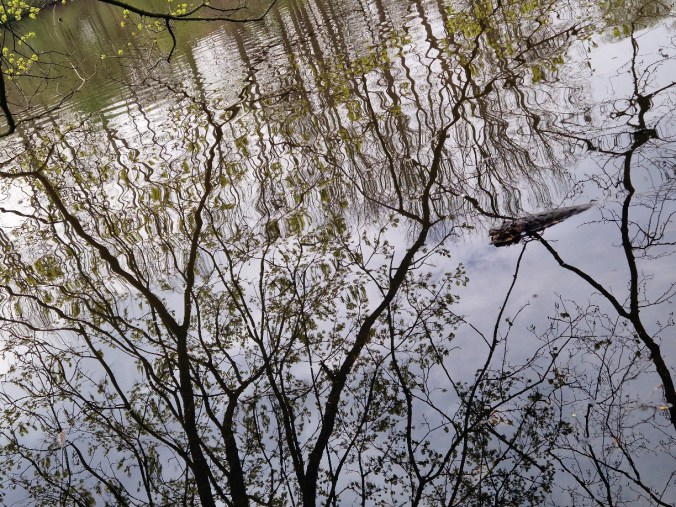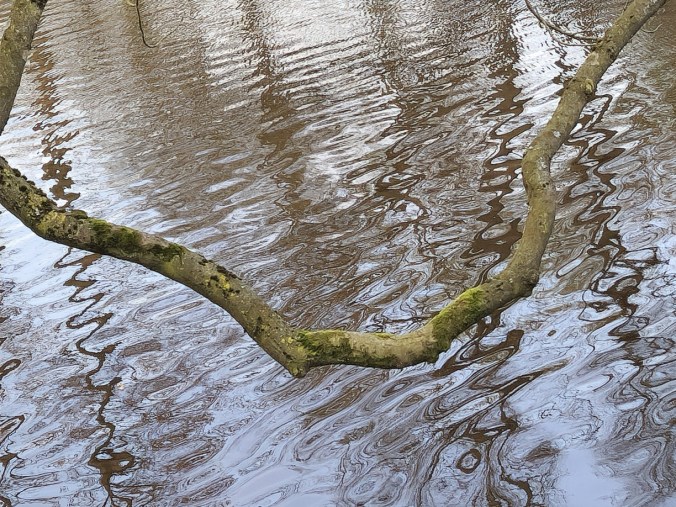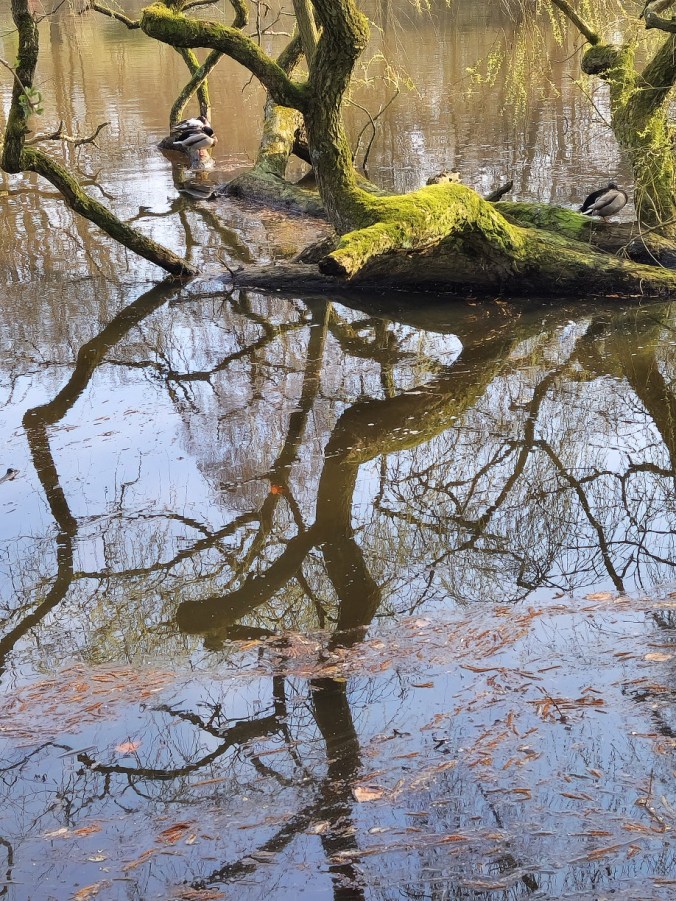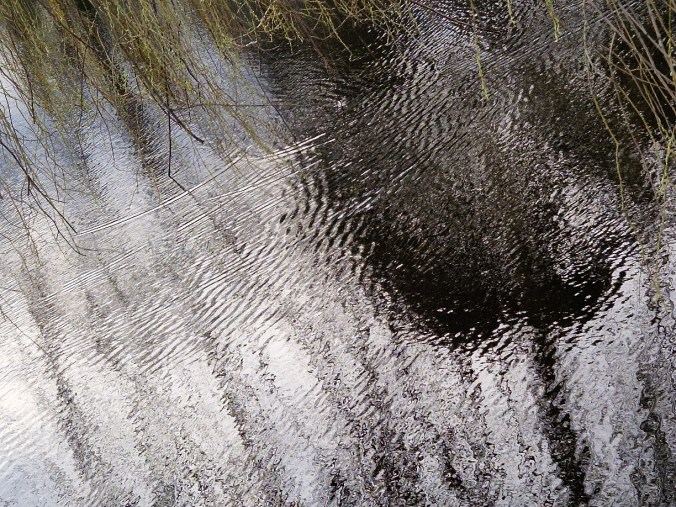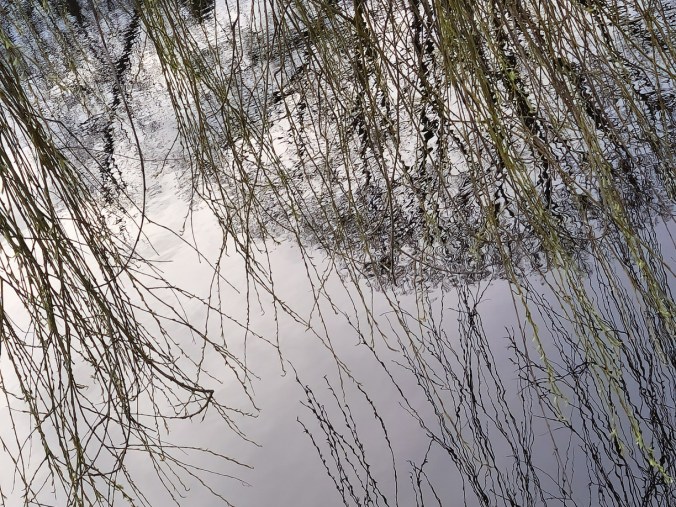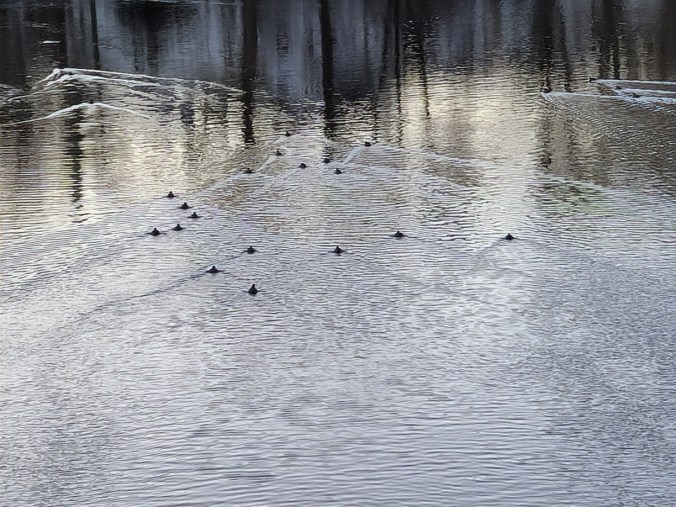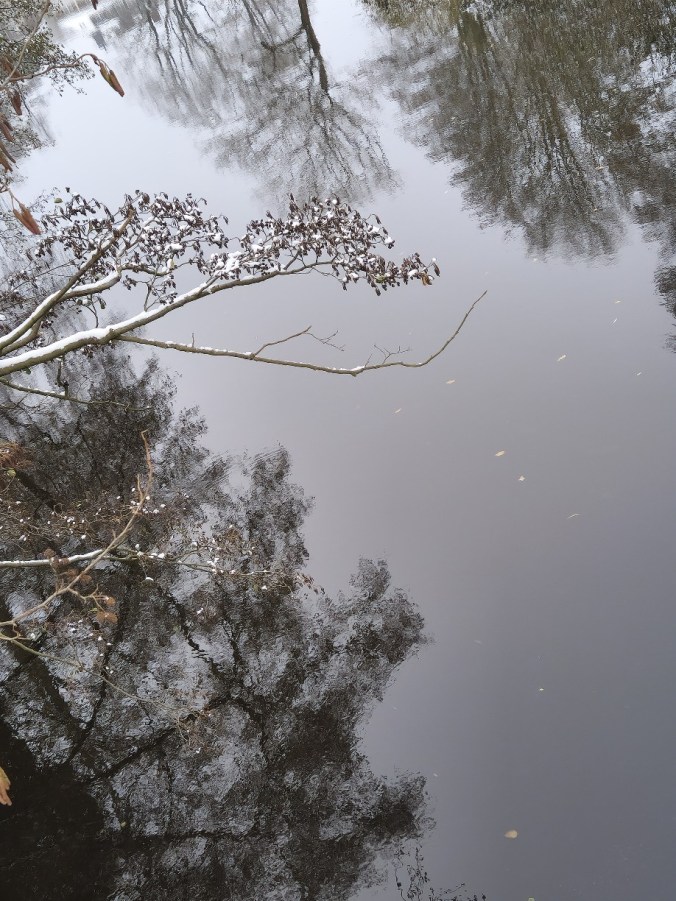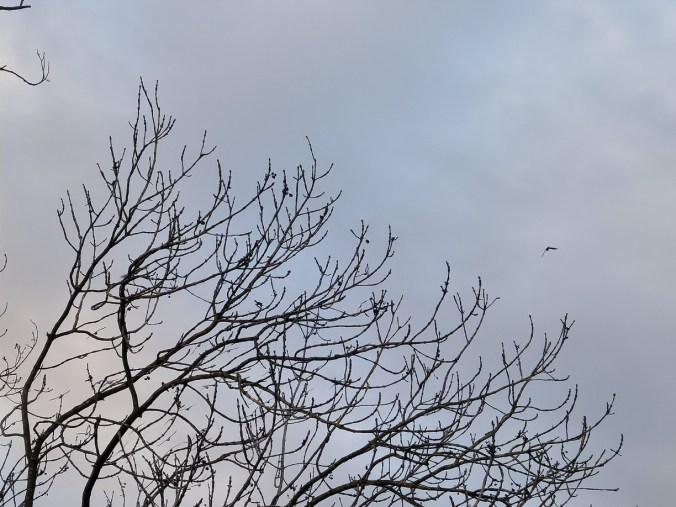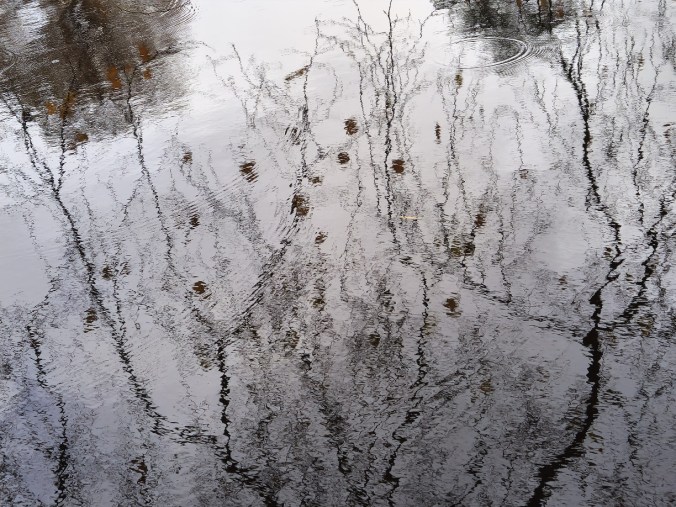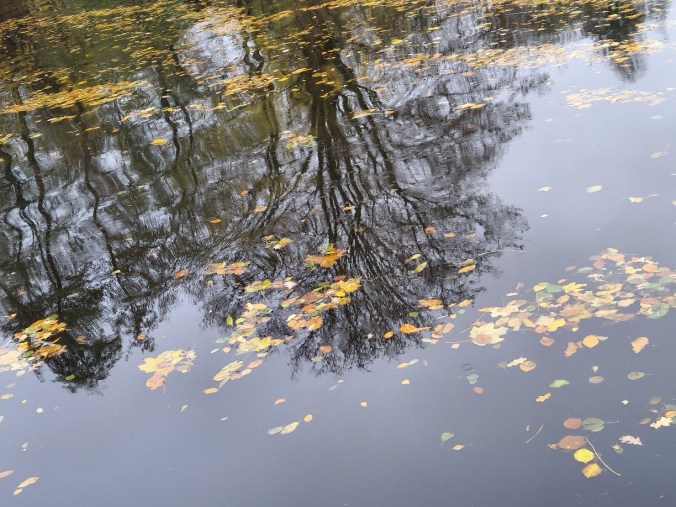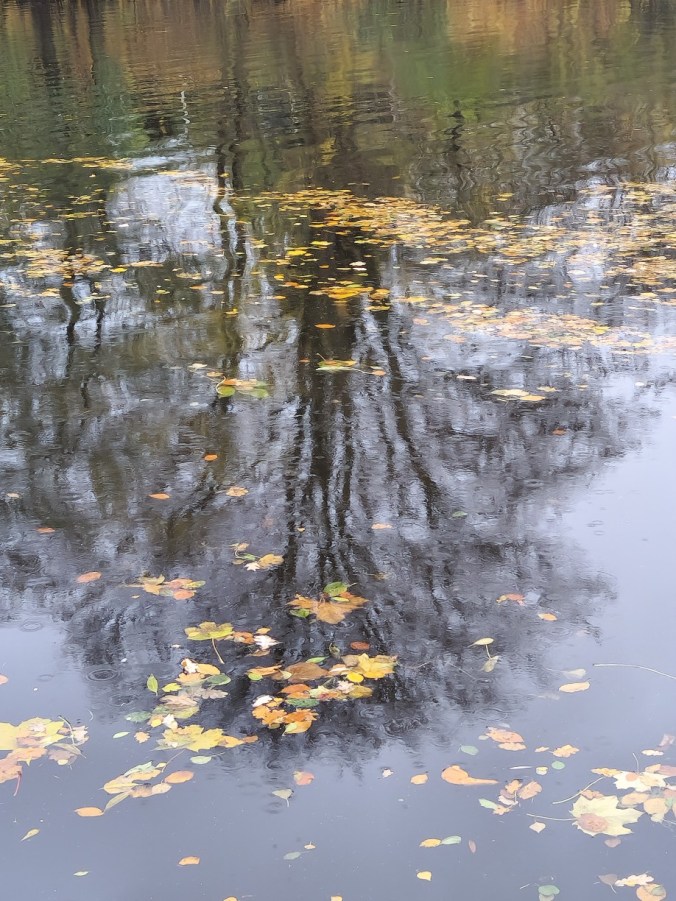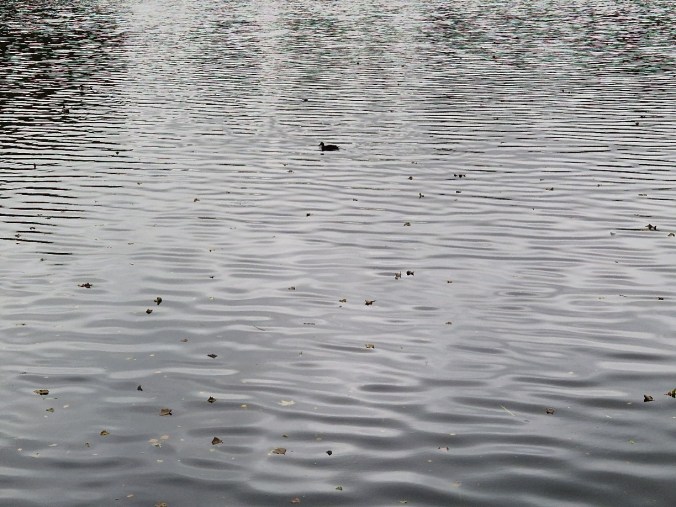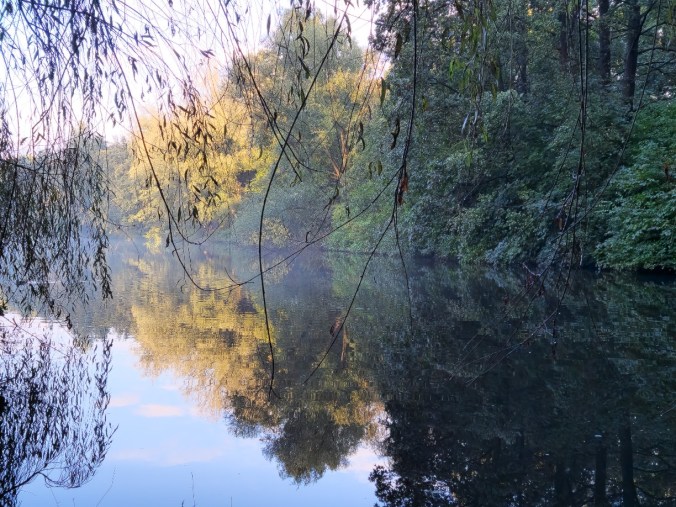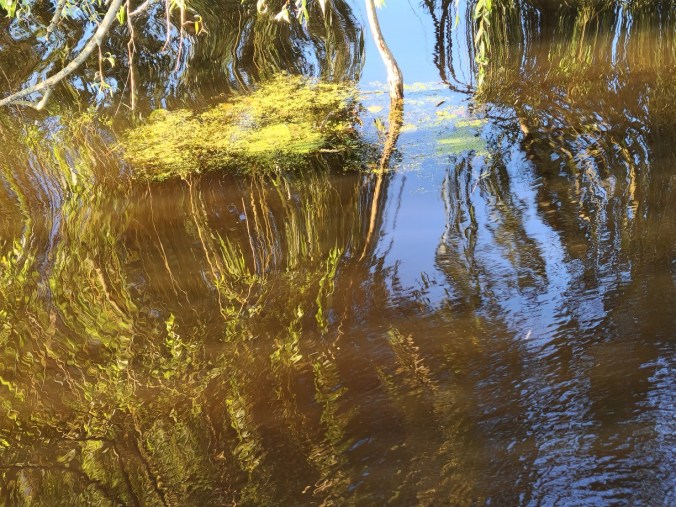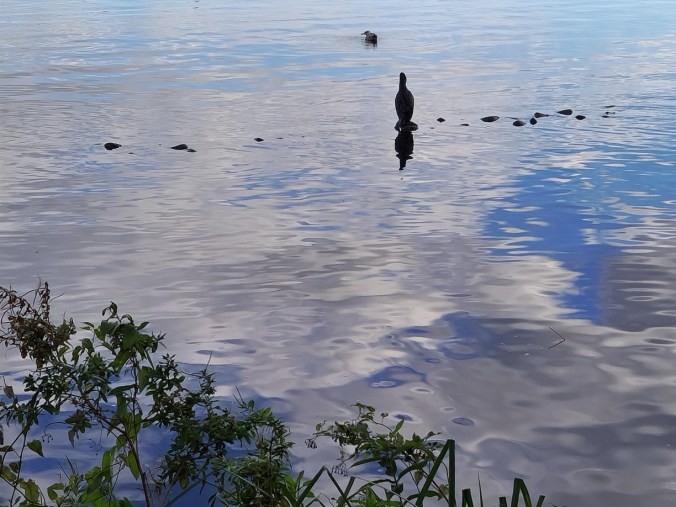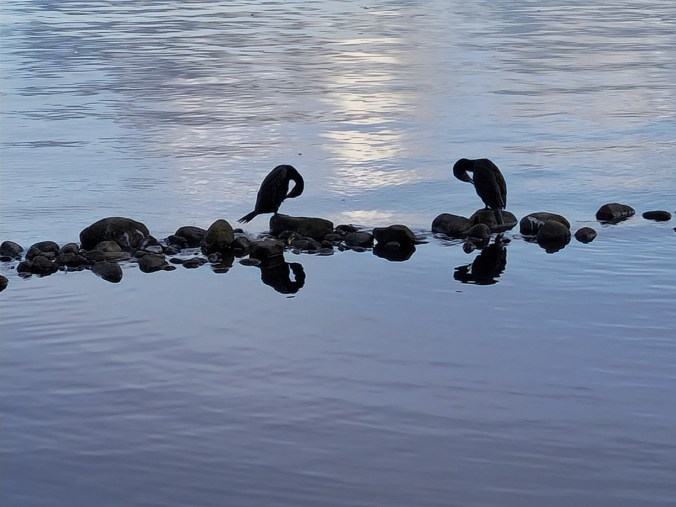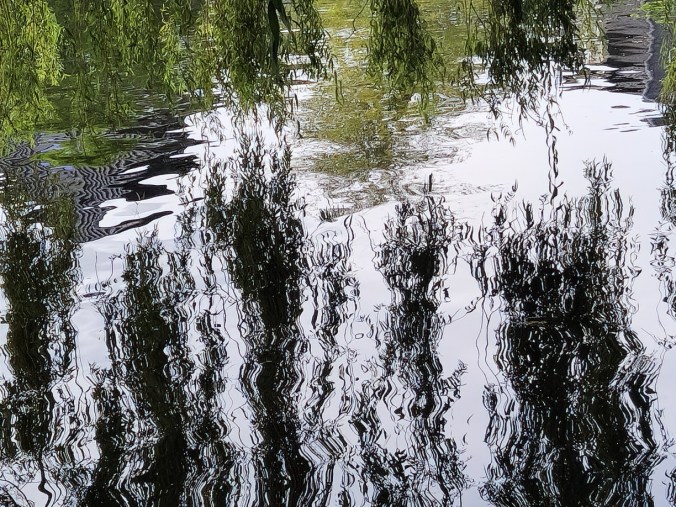being a part: general 637
Autor: Taoist philosophy in movement: Traditional Chinese bodymind practices with Ansgar Gerstner
movements
matter and mind
moving thought
moving thought: general 634
thought movements
hard waves
sunset
sunset: general 631

In our own little world that we perceive as our self, our body, our mind, … we can see, and profoundly experience, how imbalances affect parts of us, and how they affect us as a whole. Unnaturally, unnecessarily imposed inhibitions (為) affect and drive our whole being. (1) Organ functions, our postures, everything gets unsettled. Communication, all kinds of interactions get disturbed, if we are not allowed, if we do not allow ourselves to take the right place in our bodies. How easy it should then be to develop a more tangible awareness that the exploitation of our larger contexts definitely comes back to also haunt us as part of the context.
Regarding our own physical experience: If, for instance, our will looking to achieve certain goals (our own or other people’s, our family’s or mirroring the wider social context) ignores the feedback of the body for too long, breakdowns easily happen in the body, minor or serious illnesses appear. Exploitation has bad effects, usually complex ripple effects. But the reasons for some of our troubles are comparatively easy to grasp intellectually. Most are beyond our grasp. It makes sense to search for practical, pragmatic approaches.
You can not walk on any path without a body. Taoist and Buddhist bodymind practices are not mere physical exercises, simplistic fitness routines. A Taoist bodymind practice is an intelligent learning path. It is meant to be a profound experience and guide within the educational journey.
Some of my posts will only be accessible to people more intensely involved in bodymind practices or to practitioners of somatic therapies. But the topics I am writing about intersect with so many urgent sociopolitical topics and areas in life today. We definitely need more broadly interdisciplinary approaches to tackle these issues.
(1) This is why reduction (損) and “non-action (無為、為著敗之) are such important topics in the Daodejing.
my bridge
my neighbor and I
intelligence
webs
inside
inside: general 626
Muscle training in traditional Taoist bodymind practices works with light muscle tension by sending movement impulses into and activating every possible muscle in a sensitive way—instead of isolating body areas and working with them with a mechanistic mindset. Agility 柔 plays an important role. The fluid condensing / relaxing of muscles and narrowing / expanding of movements in Taoist movement practices is designed to increase liveliness and enhance communication between all bodily parts and functions.
moreopen secrets
closeness
reality is no illusion
dawning
concreteness
eyes
parts of everything
adaptability and the common good versus the rule of individual (group) interests, unshakable dogma, and rigidity
adaptability and the common good versus the rule of individual (group) interests, unshakable dogma, and rigidity: general 618

The longer you have been involved in practicing a Taoist philosophy oriented bodymind method and the deeper your experiences with it are, the more the attention shifts away from the formal aspects of the movements.
The movement routines and techniques are important in the beginning to guide you into a new space, allowing for new experiences. The external forms are all you see in the beginning. The philosophy associated with a Taoist bodymind practice possibly attracted you to one of these methods in the first place like in my case, but the philosophical and spiritual depth is difficult to grasp and to get hold of while working with the forms in the beginning. As fascinating as they and the whole framework they are a part of might be to you, the philosophical concepts are somehow only dimly visible and experienceable in your beginning physical practice.
Then, you might increasingly start to feel the depth of the forms when you have worked with them for some time. The movements offer a framework to experience philosophical and spiritual concepts. The concepts you feel attracted to are now not only intellectually convincing anymore. They are step by step translated into and turned into a personal physical experience. By now, the movements have become less and less important by themselves. It is the concepts that you work with and experience physically in these movements that become your focus. The movements could also be and can be different movements. There is such a large variety of traditional Taoist bodymind practices, and it is fascinating to be able to approach topics and issues from different angles.
When you have physically worked with concepts of Taoist philosophy for a longer period of time, you are very much aware of the limitations of a solely intellectual approach to these concepts, though you might nevertheless very much enjoy their intellectual analysis. By now it is a physical experience that makes you see that, though these concepts also travel through the world of verbal language, they are not bound to that sphere alone, and that it is so much more thought-provoking, and above all, more meaningful to deal with concepts of Taoist philosophy in a multidimensional way.
I want to illustrate this with a simple example. I have talked about the coordination of hands and feet in the overall process of physically improving coordination. There are complex exercises to make hands and feet become more alive in Taoist bodymind practices and to open the pathways between them. The process also contains a lot of technical and medical knowledge.
When you lift the arms, you do not do an isolated arm movement. The whole body gets involved in this movement. You at first consciously involve, for instance, the feet, the leg muscles, the hip joints, the abdomen and pelvis, the diaphragmatic muscles, the muscles around the shoulder blades, the shoulders. And with increasing practice, you take much more into account than this. You widen the network of cooperating partners step by step: muscle groups, joints, inner organs, acupuncture centers, etc… Like this, it is easier to approach non-responsive areas, areas with too much or too little tension, etc… More and more parts of your bodymind get involved in this process (of evolving coordination spirals).
The movement experience, however, does not only stay within your own bodymind. The knowledge of the old Taoists was deep. Early on, you learn that the coordination of hands and feet is not just about hands and feet, and the act of coordinating hands and feet is not just something happening within a separated individual body. When working with the feet, you extensively work with the ground below you (天地人的地), while simultaneously having an upwards orientation (天地人的天). The clearer these „external“ relationships are, the better the hands feet coordination. „Ideal“ „internal“ coordination relies on „ideal“ coordination with the „external“ environment. The idea is to have movement impulses freely move within your complete body (氣通不通), into your body, and out of your body. You know that you need to first sense clearly and then to open up the periphery of your body for a free exchange of these movement impulses with the environment around your body. The movement practice, therefore, is also about sensing and communicating with the close and with the wider environment of your existence. This is not about expansion in the sense of conquering and occupying. It is about extending for a fuller integration, about sensing oneself as the environment. A bodymind practice like this is so much more than a narrow fitness experience.
You can restrict a Taoist philosophy oriented bodymind practice to the fitness level, and it still feels wonderful. And I can teach it like that of course. But what a pity is this if you consider its real potential!
A Taoist bodymind practice is also not just about dissolving movement blockades in your body and improving the functioning of your inner organs. It is also about yourself experiencing yourself energetically as something within a wider energetic context to become a more meaningful part within larger meaningful contexts—social and, particularly for the Taoists, environmental contexts.
In other posts I mention the back and forth between emotions and physical manifestations and its coordination integration in Taoist and Buddhist bodymind methods (面帶微笑 心澄貌亦恭 welcoming, polite, and respectful communication and interaction), socialization processes impacting individual bodyminds impacting socialization processes, and so forth. There is nothing banal about coordination in Taoist philosophy oriented bodymind practices. They can not bloom in mechanistic environments like fitness centers or authoritarian (political) systems. Their practice, on the other hand, fits very well into environments, trying to restore a more meaningful interaction between human beings and their wider contexts. The healing process naturally spans individual, social, and wider contexts.

You experience the complexities, and you experience the impossibility to meaningfully „controlling“ these endless complexities (willfully, intellectually, individually). At this stage in your bodymind practice working with the concepts of self-organization (自然、自化) and non-action (無為) from the Tao Te Ching make much more sense than heavy will-control or any other authoritarian patterns that disturb complex ecosystems with their „narrow-mindedness“, even when only simply lifting your arms as in our current example. In this context, softness, flexibility, adaptability, and all the water examples in the Tao Te Ching become the guiding principles for the unfolding of movements and movement coordination.
You are using your will. You are using your intellectual abilities. You are also initiating processes. But to an increasing share, you also retreat, listen, and observe within a bodymind practice. You take care that your ignorant voice is not too loud in this gigantic orchestra.
With an authoritarian teacher student relationship or a wider social environment that is authoritarian, the concepts of Taoist philosophy in a bodymind practice get distorted, and their possible positive and widely constructive impact gets modified and limited. This is another reason why I am so opposed to a Chinese party defined and controlled practice of Qigong and the party’s spin on it.
Qigong has been successfully marketed by the Chinese communist party for its health benefits because this is what the Chinese movement traditions have unfortunately deliberately been reduced to by the party. This is an important reason why nowadays most people in the West interested in the Chinese movement traditions, mistakenly taking Qigong for the representation of tradition, now approach them exclusively from this narrow health perspective. But the original scope of Chinese movement traditions, especially if they come out of Taoist and Buddhist traditions, is so much broader, and they can have far-reaching implications for sociopolitical developments, if they are integrated into educational frameworks in a wide variety of different settings. This is why I am practicing, exploring, and writing about them in the first place.
It does not really matter what the professional field you are operating in is. If you are operating within a progressive environment, it will be helpful to apply a systems approach to the way you operate yourself. How could an „external“ so-called systems approach really work if the ways you deal with your bodymind are not systemic, individually, or community-wise? How can a systems approach not include yourself?
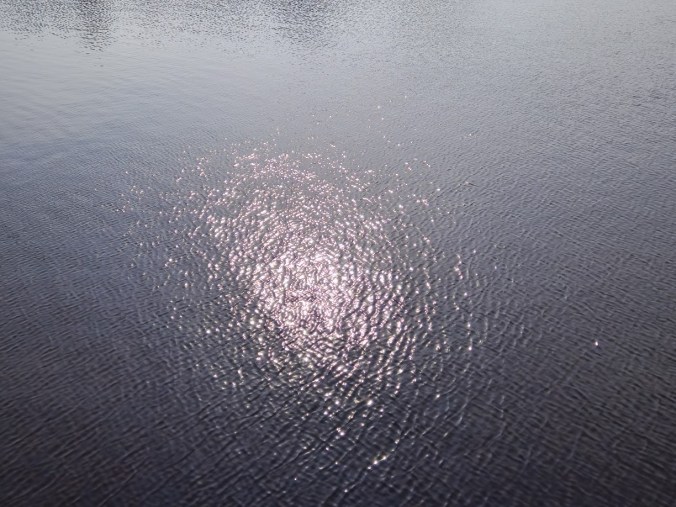
ripples affect
not forgetting a bigger picture
not forgetting a bigger picture: general 616

In working with movement coordination, why would I want to limit this experience to a—in some respects—possibly highly sophisticated, but nonetheless mechanistic movement routine, when the original Taoist “design” of a bodymind practice is that of a life-embracing and lifelong learning path of open-minded transformation and profound integration?

centered around centers. networks.
centered around centers. networks: general 615

Physical experiences create feelings and thoughts. Thoughts and feelings create physical experiences. Since it is all connected, the one impacts the other. But this kind of circularity extends over all kinds of areas and dimensions. The way your environment makes you feel and experience yourself and the world (in the process of your socialization) shapes all parts of your (conscious and not conscious) existence, your body posture, the way you move, whether your inner organs work and interact with each other in more or less harmonious and balanced ways, your emotional and intellectual patterns (open and cooperative, manipulative,…), the ways you experience and treat yourself, others, and your environment in general,…
In the Taoist tradition, healthy developmental and healing processes are complexly integrative. Taoist philosophy, spirituality, and medicine are reinforcing each other in their practices. This is why in Taoist philosophy-inspired bodymind practices, you start in one or just a few areas that you try to connect better, and then expand the practice to include more and more areas in your being.
You start, for instance, by connecting hands and feet movements more complexly in your practices. This is, for instance, something I thoroughly pay attention to when doing the individual movements within the Shaolin method for transforming the tendons, the 少林易筋經. With the feet, you focus on feeling the support of the ground and the opportunities to receive energy providing impulses. You grow your „roots.“
more about rootsimmersion
not blocking my sight. being part of the picture.
lost in a positive way
which way to go
along the way
being non-being
being non-being: general 609
Without a bodymind foundation of our individual (physical) existence that is built on an open network structure, it is difficult to create open and integrative collective / social structures constructively embedded into the environment.

This is why I think that a physical education that doesn’t care to foster complex integrative patterns on all kinds of levels will leave us with the competitiveness and destructiveness that we have now.
burgeoning. natural abilities for the environment.
indigenous societies
memorials. reminding.
crossing the imagination
my garden
come in
trying to blend in
looking into a mirror
constructs
constructs: general 600

I have been trying to come up with my personal synthesis of philosophical discourse (1), visual art (2), poetry (3), and my physical Nei-kung experience in my blog posts for a while. More recently, I have been experimenting with weaving together blog posts through my minimalist texts in the form of titles and keywords.
Every blog post is a tiny piece of thread woven into some larger piece of fabric. The keywords of one post resound in the title of another post with the images transporting something more than just thoughts. “Thinking” through images. Finding philosophical thought outside of human language, embodied in natural phenomena.
I firmly believe that stunning new realities can emerge, lifting me—and others—out of my, of our cages by complexly modifying the resonance fields over several spheres through a profound bodymind practice.
Of course, there are other ways to modify resonance fields and to alter “reality,” and marketing and propaganda guys are proving this all the time with all vigor. But I am only interested in constructive and deeply healing transformations.
(1) Primarily expounding on Taoist philosophy 老子和莊子思想
(2) Heavily influenced by Chinese landscape painting 山水畫
(3) Mainly Chinese poetry from the Tang period 唐詩 and Japanese Koans, and their linguistic specifics
sliding transformation
Nei-kung
sleeping
seeing through different eyes
permeating
obstacles. directions.
images. multidimensional maps.
organic paths
water
direction
corresponding
light
light: general #588

connection
natural intelligence
approximating
approximating: general #585

Health. Nei-kung methods are usually looked at and also practiced as methods to support one’s physical health and to gain or regain emotional equilibrium. But with Nei-kung and Qigong practitioners, health support is often seen within a rather narrow framework of individual health.
moreupstream downstream
upstream downstream: general #584


free flows in all directions
complexity in black and white
networked transformation
entrances
text. context.
affection
transforming. mirroring.
immersing
patterns. replication.
rooted. variants.
unfolding potential
unfolding potential: general #574

Important questions when talking about developing and working with potential, however, are: How do we approach the idea of developing potential, and what kinds of potential are we focusing on? Ultra-capitalists and authoritarians, as extreme examples, are also interested in developing potential. But they focus on potential to maximize profits and power. That is an egocentric approach, not a community, an ecosystems approach. The Taoist approach to unfolding potential is always linked to the question of what kinds of traces we want to create and leave behind from a caring perspective in a continuum. This is why in Taoist bodymind practices, flows, waves, and the environments they create to deal with compressed and stagnant parts of the bodymind are all approached with an ecosystems mindset.
Regarding traces within our own bodymind, also see „The strength of no ego 損”, YouTube #17 The forward moving palm 詠春拳的正掌 https://youtu.be/dZmEN0l2lP0

spaces. emptying.
The spirit of the valley does not die.
deep. space.
surrounded
floating. extending.
floating. extending: general #569

blending. dissolving.
blending. dissolving: general #568

The holding positions that look like ordinary isometric exercises, and the movements while exhaling in the Shaolin method for transforming the tendons might better be visualized and practiced as natural stretching movements, like after getting up in the morning. They are definitely not simple, mechanistic positions or movements of tensing the muscles. When you stretch in the morning, stiffened muscles get loosened up by extending and connecting. It is about integration and becoming more „alive“ again—creating an integrative liveliness.
This is also relevant for the Wing Chun forms, especially for those segments and movements often done tensing the muscles in isolated parts of the body.

